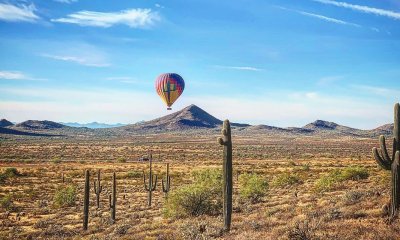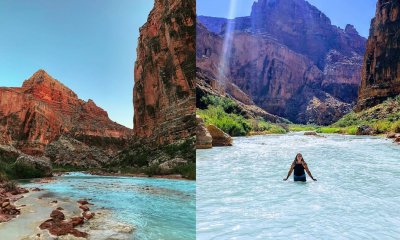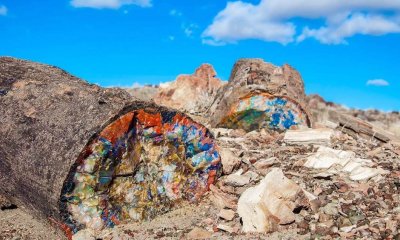Arizona
Have You Heard of This Secluded & Mysterious Wildlife Refuge in Arizona?
Deep in the southwestern Sonoran desert, there is a mountain range where ice age California fan palms grow within a canyon. It’s a place where the temperatures are some of the highest in the region. And it’s home to a gold mine that ruled the land for only 14 years. Most importantly though, it’s the home of a very important wildlife refuge. If you haven’t heard of the secluded KOFA National Wildlife Refuge and the mysteries within it, here’s your chance to learn about the destination of your next wilderness trip.
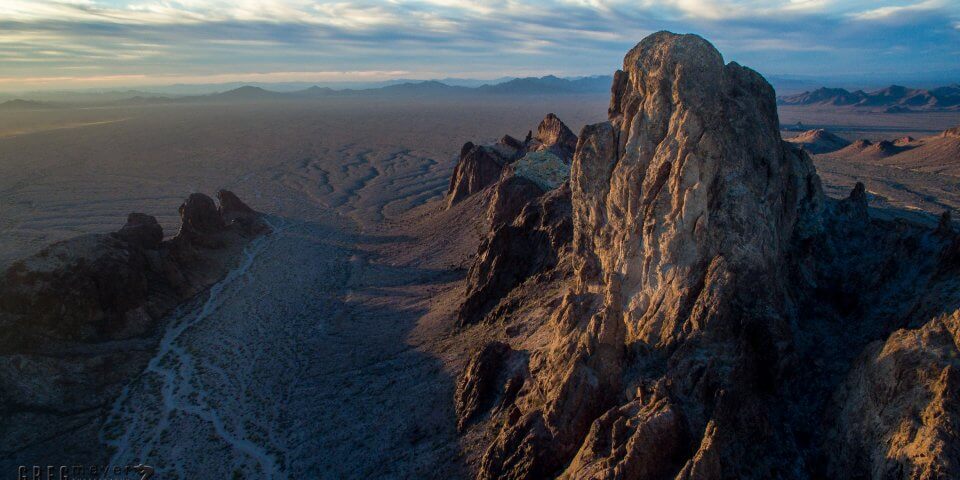
Where is the Kofa National Wildlife Refuge?
The Kofa Wildlife Refuge is located on the Kofa Mountain Range as well as the Castle Dome Mountains, which are northeast of Yuma and southeast of Quartzsite. It covers approximately 665,400 acres of the Yuma desert landscape, which is part of the Sonoran Desert.
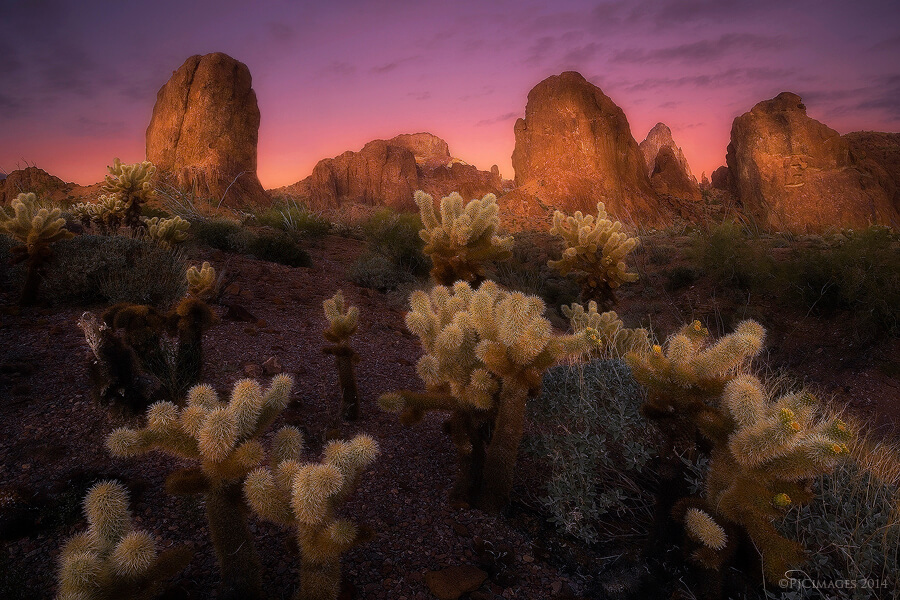
History of the Kofa National Wildlife Refuge
The Kofa National Wildlife Refuge is named after a famous gold mine in the area known as the King of Arizona mine. The King of Arizona mine attracted many miners and caused the founding of the town of Kofa. In 1936, the Boy Scouts of America were concerned about the declining population of bighorn sheep. This concern turned into an initiative that created the Kofa National Wildlife Refuge.
The Boy Scouts were inspired by the frontiersman, conservationist, and Scouting co-founder, Major Frederick Russell Burnham. Burnham noted that the bighorn sheep population was down to fewer than 150 in the area. Then Burnham contacted the Boy Scouts and appealed to them for help stating:
“I want you to save this majestic animal, not only because it is in danger of extinction, but of more importance, someday it might provide domestic sheep with a strain to save them from the disaster at the hands of a yet unknown virus.”
Many people joined in on the initiative, from prominent Arizona businessmen funding it to school children participating in a widespread “save the bighorns” poster contest.
All their efforts paid off when on January 18, 1939, over 1.5 million acres were set aside for the refuge. Then on April 2, 1939, the majestic Kofa National Wildlife Refuge officially opened.
Wildlife in the Refuge
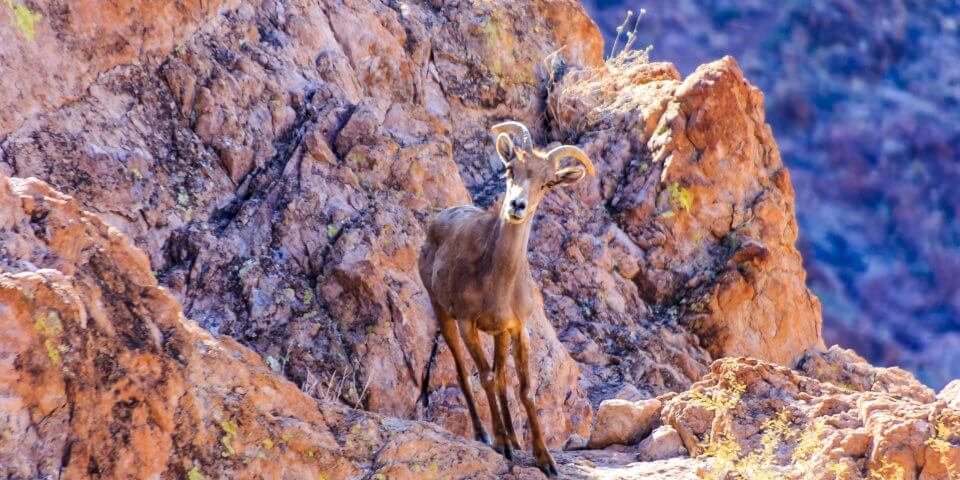
Fortunately due to the efforts put forth by the Boy Scouts of America, today there are approximately 428 bighorn sheep living in the Kofa National Wildlife Refuge. The bighorn sheep live on the Kofa Mountain Range and the Castle Dome Mountains, both of which border the refuge.
Besides bighorn sheep, there are a plethora of different animals living within the Kofa National Wildlife Refuge. The following includes the different animals you can encounter here:
- Badger
- Desert tortoise
- Kit fox
- White-winged dove
- American kestrel
- Northern flicker
- Say’s phoebe
- Cactus wren
- Phainopepla
- Orange-crowned warbler
- Mountain lions
This is not an extensive list of the animals in the Kofa National Wildlife Refuge. For that list, click here.
The Unique Plant Life in the Kofa National Wildlife Refuge
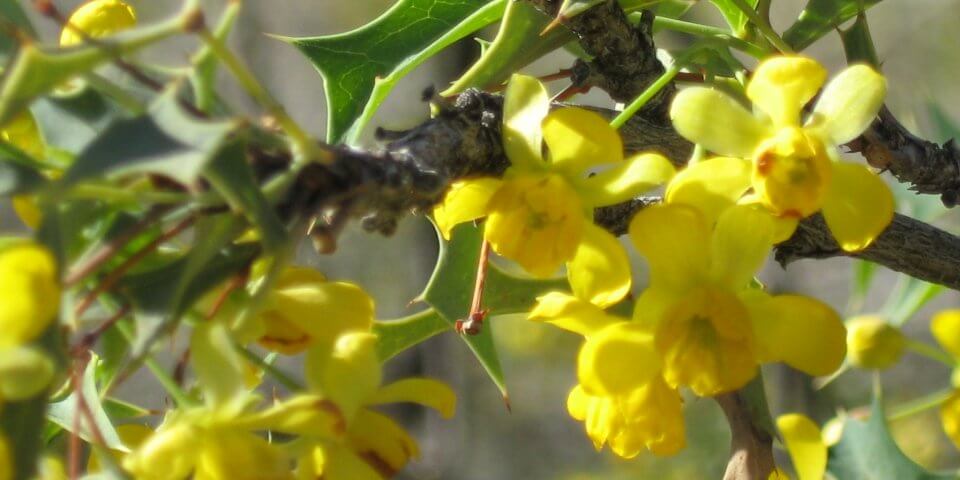
What makes the refuge even more unique is the plant life that is only found here. One is the California fan palm, which is a remnant from a wetter era – the last ice age.
Another interesting plant is the very rare Kofa Mountain Barberry, which only exists in southwestern Arizona. This plant blooms to life during spring with beautiful yellow flowers.
Palm Canyon is a Unique Oasis
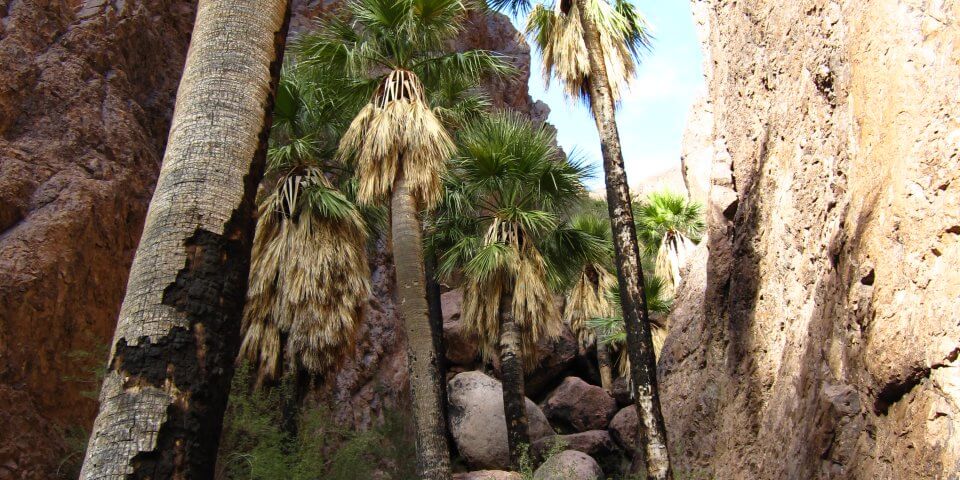
Another interesting thing about the Kofa and Castle Dome mountain ranges is that there is a multitude of ways to explore the area. The Kofa National Wildlife Refuge is open to the public 365 days a year. You can access the refuge from any direction (most depend on having off-roading/all-terrain vehicles). But one area you must visit in particular is Palm Canyon.
This canyon is named after the California fan palms that grow between it. Not only are these ice age remnants, but they’re also the only native palm tree in Arizona. Seeing these mighty green giants in person in such a secluded area is truly like going back in time to a land where ancient human nomads populated the Earth.
The Mysterious Spiral Labyrinth
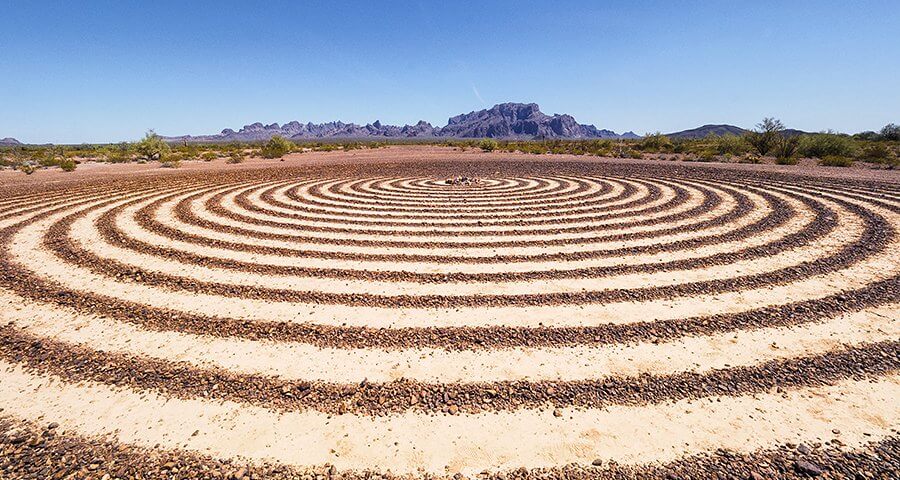
Here is where the true mystery begins. You may have been wondering what else makes this place so mysterious. And this is your answer: this spiral labyrinth. No one knows who made it. And no one knows what it was made for. Yet, there it is, in the middle of the Sonoran desert, a beautiful and perfect spiral in the sand.
With a diameter of more than 60 feet, this spiral labyrinth is very difficult to find without the help of a good GPS. It is near the Kofa National Wildlife Refuge entrance. But because it’s level with the ground, you’ll need Google Earth to help you pinpoint the exact location.
Who built it? What is it for? Look around on Google for yourself. If you find the answer, then let the world know in the comments. You’re going to have some difficulty finding these answers. Are aliens messing with us… again?
The History of Kofa: Ancient and 20th Century
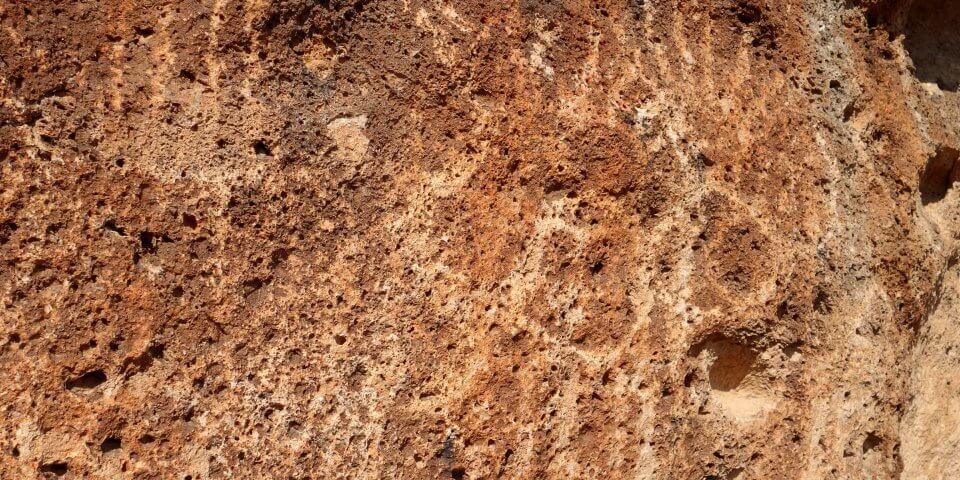
Archaeological research has found remnants of people inhabiting the area dating all the way back to 9,000 BC. But there is a major gap in time between these early inhabitants and Spanish explorers who visited the mountains in the 1540s. But still nothing much happened in the area until the late 1800s and the beginning of the King of Arizona mine. Then the town of Kofa was established. Today, it is a ghost town.
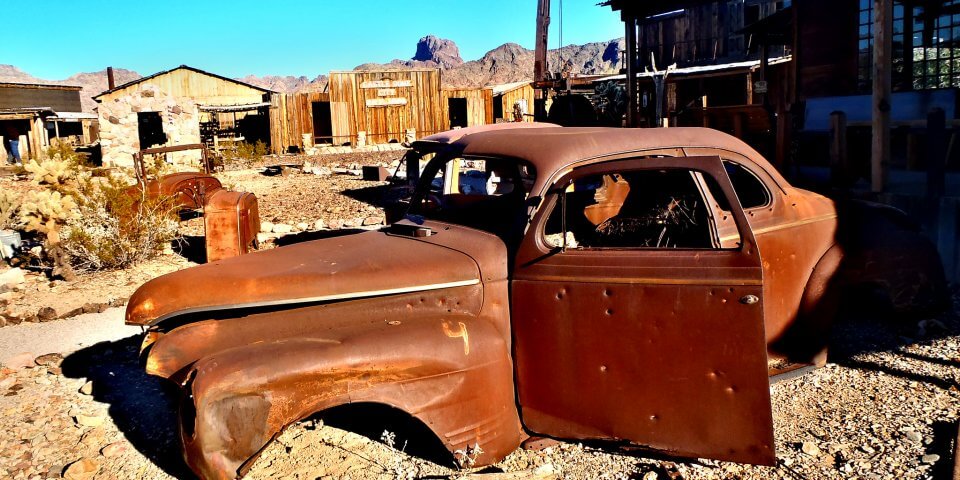
Kofa is considered a populated place on the Kofa National Wildlife Refuge. Kofa’s post office was established on June 5, 1900, and was officially closed on August 27, 1928. Kofa was plagued with a severe lack of water, which caused a lot of hardship for the residents – especially the miners. After a very hard first year, a well was finally dug five miles from the town and a mill was constructed.
The King of Arizona mine ran out of ore by 1910. The town struggled to survive until 1928. The mill in Kofa once had a capacity of 250 tons. Today, it is a ghost town that is slowly decaying and being taken over by nature.
For a long time after the town died, the area was a popular military bomb-testing location and home to outsiders.
Hopefully, this article provides enough information for future explorers (even of the internet kind) to seek out more information about this secluded and mysterious wildlife refuge. Perhaps a careful archaeological excavation could be conducted here to dig up more information about the human history of the area. Then perhaps aliens can help us explain the spiral labyrinth.












